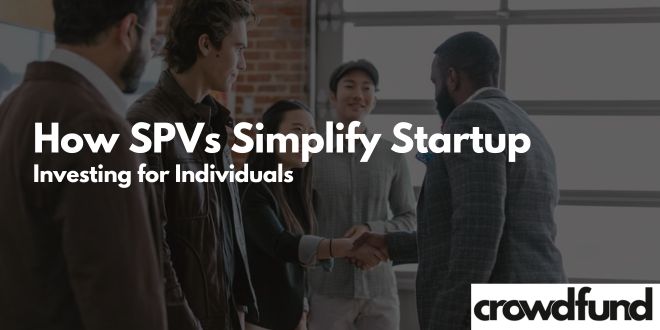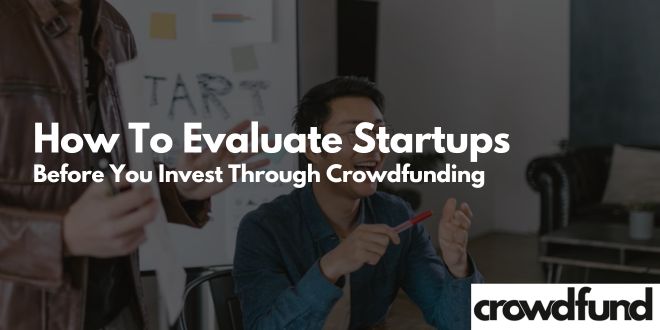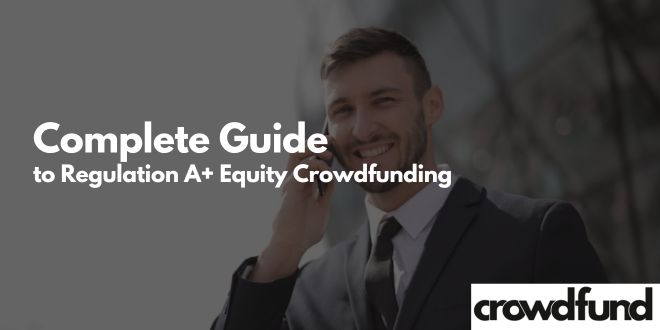Launching a new venture used to mean one thing: impress a small circle of venture capitalists, secure a term sheet, and trade a hefty slice of ownership for the cash you need to grow. Over the past decade, however, an alternative has surged from fringe experiment to mainstream option. Equity Crowdfunding—where everyday investors buy actual shares in a young company—now fills cap tables that once read like a who’s-who of coastal VC firms.
Founders appreciate the approach for reasons that go far beyond the money itself, and the numbers back them up: according to KingsCrowd, U.S. equity crowdfunding portals helped startups raise roughly $500 million in 2023 alone. Below, we’ll explore why so many entrepreneurs are gravitating toward the crowd and how the shift is reshaping the startup funding landscape.
The Allure of Community Capital
Founders love to talk about product–market fit, but every brand also needs community–capital fit. Crowdfunding delivers both.
- Built-in evangelists: When hundreds or thousands of investors put their own dollars into a company, they become vocal ambassadors on social media, in local coffee shops, and at industry conferences. Paid ads can’t replicate that kind of grassroots enthusiasm.
- Authentic feedback loop: Crowdinvestors double as a giant focus group. Their comments, feature requests, and product reviews arrive in real time, giving founders qualitative insight that a few VC board members can’t match.
- Stronger customer lifetime value: Studies from Wefunder and StartEngine show that retail investors frequently turn into power users, pushing CLV higher than non-investor customers. For consumer-facing startups, that loyalty translates directly into revenue resilience.
Democratising Access for Founders and Investors
Traditional venture capital is highly network-driven. Warm intros still matter, and geography often dictates who gets funded. Crowdfunding rewrites those rules.
- Diversity of founders: Research from the Center for American Entrepreneurship found that women-led crowdfunding campaigns reached their targets 32 percent more often than women pitching institutional VCs. By removing the gatekeepers, underrepresented entrepreneurs secure a fairer shot.
- Open investment doors: Accredited-investor rules historically meant that only the wealthiest 2 percent of Americans reaped early-stage upside. Regulation CF and Regulation A+ lowered the barrier, allowing anyone to invest as little as $100 in the next breakout company.
That twin democratization—founders gaining capital and everyday folks gaining access to high-growth opportunities—explains a big slice of crowdfunding’s momentum.
Speed, Flexibility, and Control
VC financing is often a marathon of pitch decks, partner meetings, and legal back-and-forth. Crowdfunding compresses the timeline.
- Rapid campaign launch: Once financials are in order and compliance steps cleared, a startup can go live on a portal in weeks, not months.
- Founder-friendly terms: Crowdfunding rounds usually rely on simple securities—SAFE notes, Crowd SAFEs, or common stock—without the complex preference stacks found in traditional Series A deals.
- Ownership preservation: By spreading equity across hundreds of small investors, founders often retain larger personal stakes and more board control than they would under a single VC lead investor.
Taken together, those factors let entrepreneurs stay heads-down on product rather than spending half the year fundraising.
Strategic Benefits Beyond the Check
Money in the bank is great, but community financing offers some under-the-radar advantages.
- Brand validation: Hitting a $2 million crowdfunding cap acts as public proof of traction. Media outlets cover the milestone, partners feel reassured, and later-stage investors gain confidence that real people want the product.
- Future fundraising leverage: Convertible securities issued to the crowd can roll into a larger priced round. A successful campaign sets valuation benchmarks and may even trigger matching dollars from co-investment funds linked to the portal.
- Market education: Complex solutions—think climate tech or biotech—often need consumer understanding before adoption. Running a campaign forces founders to translate jargon into compelling narratives, sharpening marketing messages for broader audiences.
Is Crowdfunding Replacing VCs or Complementing Them?
While headline writers frame the discussion as an either-or showdown, most founders view crowdfunding and venture capital as complementary tools. Seed-stage companies use community rounds to prove demand, then court institutional money for scale. Later-stage startups invite their user base onto the cap table as part of a Series B or C, deepening brand loyalty while keeping existing investors engaged.
Venture firms are adapting, too. Funds such as Andreessen Horowitz and Sequoia have begun allowing portfolio companies to allocate small community tranches within larger raises. The message is clear: inclusive ownership is no longer a fringe idea; it’s becoming best practice.
Key Takeaways for Aspiring Founders
For entrepreneurs weighing their funding options, the rise of equity crowdfunding offers a richer menu than ever before.
- Compare true cost of capital: A lower sticker valuation from the crowd can still beat a high-valuation VC deal once liquidation preferences and board control are factored in.
- Focus on storytelling: Community investors back missions they believe in. Craft visuals, updates, and perks that make supporters feel part of a movement.
- Treat compliance seriously: Regulation CF caps, annual reporting obligations, and transfer restrictions differ from private VC rounds. Partner with experienced securities counsel and a reputable portal.
- Plan post-campaign engagement: The campaign’s end is the relationship’s beginning. Regular investor updates keep evangelists activated and pave the way for future raises.
The Road Ahead
As technology platforms streamline compliance and secondary markets mature, the line between crowdfunding and traditional equity financing will continue to blur. What won’t change is the underlying appeal: tapping a broad coalition of believers who provide not only capital but also a megaphone.
For startups intent on building products with—and for—their communities, equity crowdfunding isn’t merely an alternative; it’s becoming the default first step on the capital ladder.







.png)